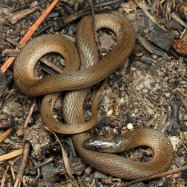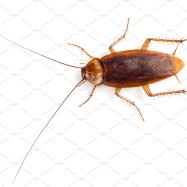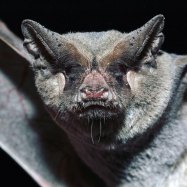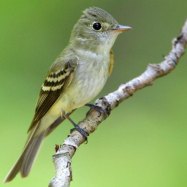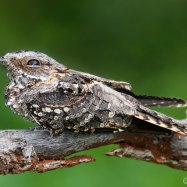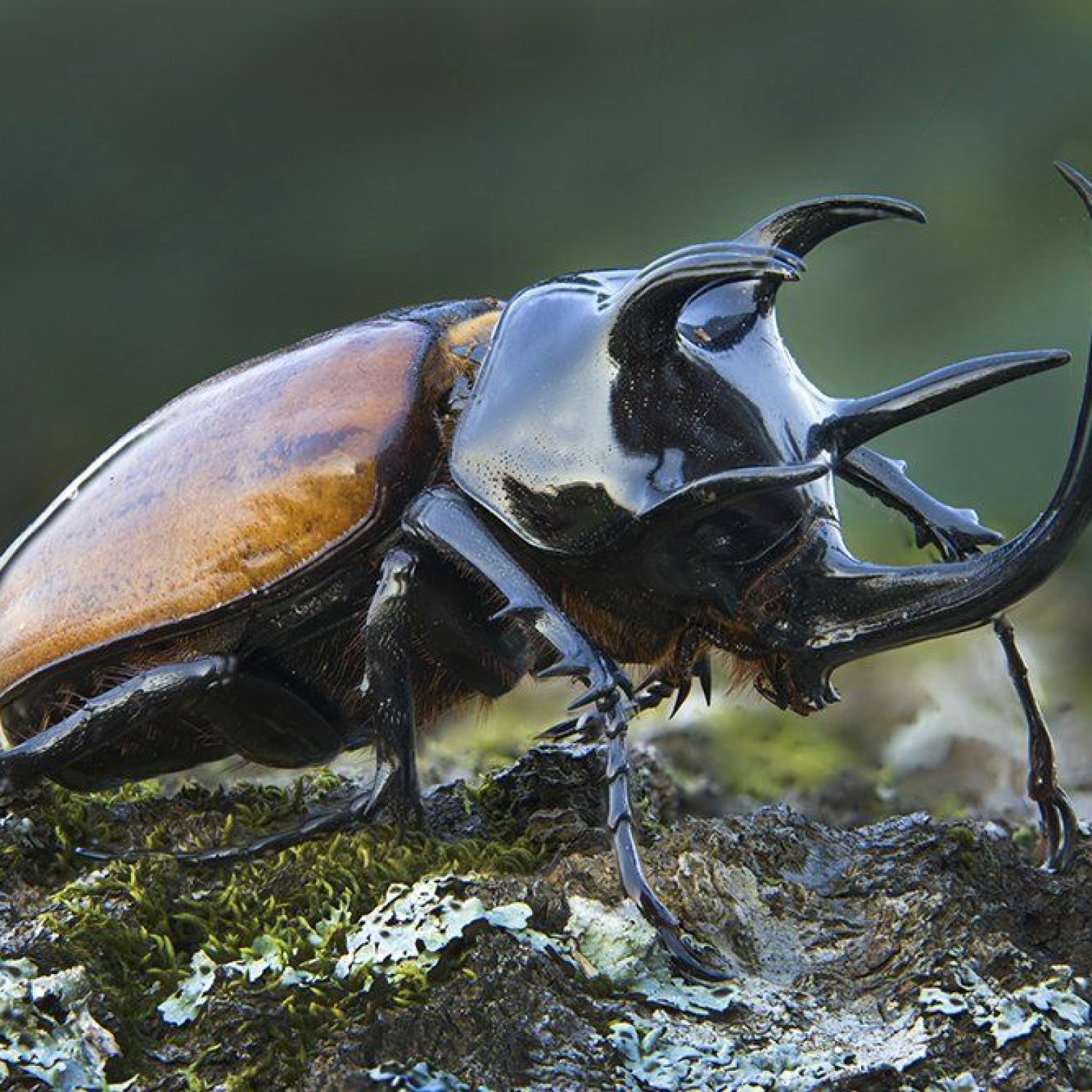
Rhino Beetle
Up to 6 cm
Did you know that the Rhino Beetle, a member of the Scarabaeidae family, can grow up to 6 cm in length? These large and robust insects can be found in various habitats, making them a diverse and fascinating animal to learn about. Keep an eye out for these impressive creatures next time you're exploring nature! #RhinoBeetle #Scarabaeidae #NatureFacts
Animal Details Summary:
Common Name: Rhino Beetle
Kingdom: Animalia
Habitat: Tropical rainforests
The Mighty Rhino Beetle: The Majestic Creature of the Tropical Rainforests
In the heart of the tropical rainforests, lurks a creature that commands respect and awe – the Rhino Beetle. With its large, robust body and dark coloration, this insect stands out in a sea of green and is truly a sight to behold.The Rhino Beetle, scientifically known as Dynastinae, is a member of the animal kingdom, phylum Arthropoda, and class Insecta. It belongs to the order Coleoptera and family Scarabaeidae, making it closely related to other insects such as dung beetles and stag beetles Rhino Beetle. Its common name, Rhino Beetle, comes from its resemblance to the mighty rhinoceros with its bumpy, horned head.
This magnificent creature can be found in various habitats all over the world, including Asia, Africa, and the Americas. While it may have different geographical distributions, its habitat preference remains the same – the tropical rainforests. These lush, dense forests provide the perfect environment for the Rhino Beetle to thrive in, with its high humidity and abundant food sources.
As a herbivore, the Rhino Beetle feeds on a variety of plant materials found in the rainforests such as leaves, fruits, and flowers. Its strong mandibles allow it to chew through tough plant materials with ease, making it an efficient feeder. While they mostly feed on the forest floor, they can also climb trees and feed on fruits and sap.
Interestingly, Rhino Beetles have a unique way of obtaining water. Instead of drinking water, they obtain it from their diet, especially from juicy fruits Russels Viper. This adaptation allows them to survive in the humid rainforests where water sources may be scarce.
Now, let's dive into some of the fascinating features that make the Rhino Beetle an exceptional creature.
The Mighty Body of the Rhino Beetle
The first thing that stands out about the Rhino Beetle is its impressive body size. While there are over 300 species of Rhino Beetles, they all share the common trait of having large and robust bodies. They can range from an impressive 2 cm to a whopping 6 cm in length, making them one of the largest beetles in the world.But size isn't the only thing that sets them apart. Their body shape is also unique and plays a crucial role in their survival. The Rhino Beetle has a thick shield-shaped exoskeleton that covers its body, providing it with protection against potential predators. This exoskeleton is made of chitin, a tough and flexible material that gives the beetle its robustness.
The exoskeleton also plays a vital role in helping the Rhino Beetle regulate its body temperature. As a cold-blooded insect, the Rhino Beetle needs to maintain a specific body temperature for optimal functioning. The exoskeleton helps trap and release heat, enabling the beetle to self-regulate its temperature depending on its surroundings.
The Colorful World of the Rhino Beetle
The Rhino Beetle may be known for its large size and robust body, but its coloration is just as impressive. As a member of the animal kingdom, the Rhino Beetle comes in various shades and colors. However, the most common and recognizable coloration is dark brown or black. This coloration helps the beetle camouflage in the dark, humid rainforests, making it hard to spot.But not all Rhino Beetles look the same. Some species have iridescent scales covering their body, giving them a glossy, metallic appearance. These scales serve as another form of protection, as predators mistake them for an inedible object.
Moreover, Rhino Beetles can change color depending on their nutrition. When fed a diet high in carotenoids, the beetle's exoskeleton can turn orange or yellow, giving it a more vibrant appearance. This color change is particularly useful for mating purposes, as the brighter coloration makes the beetle more attractive to potential mates.
The Unique Feeding Adaptations of the Rhino Beetle
As a herbivore, the Rhino Beetle has unique adaptations to aid in its feeding. Its strong mandibles, as mentioned earlier, allow it to chew through tough plant materials. But what's even more fascinating is its ability to manipulate these mandibles.The Rhino Beetle has three pairs of legs, each equipped with sharp claws. These claws help it grip onto plants firmly, giving it a stable base to use its mandibles. By using its legs and mandibles in tandem, the Rhino Beetle can tear through even the toughest of leaves, a task that would be impossible for any other insect of its size.
Additionally, the Rhino Beetle also has a unique digestive system that allows it to break down and digest tough plant materials. It has a long digestive tract, including a large crop and midgut, where most of the digestion takes place. This adaptation enables it to extract as much nutrition as possible from its food, making it a highly efficient herbivore.
Geographical Distribution of the Rhino Beetle
The Rhino Beetle's geographical distribution is vast, spanning across different continents and countries. In Asia, they can be found in countries such as India, China, and Thailand. In Africa, they inhabit the tropical countries, including Congo, Uganda, and Cameroon. And in the Americas, they can be found in countries such as Brazil, Mexico, and Costa Rica.While the Rhino Beetle prefers the tropical rainforests, they can also be found in other habitats such as woodland areas and savannas. This versatility in their habitat preference is another factor that contributes to their widespread distribution.
The Lifespan of the Rhino Beetle
Compared to other insects, the Rhino Beetle has a relatively long lifespan. On average, they can live up to 2-3 years, with some species living up to 5 years. This extended lifespan is due to their large size and robust body, making them resilient to environmental stressors.The Rhino Beetle's lifespan also plays a crucial role in its mating habits. Most species have a slow reproductive cycle, with the males and females reaching sexual maturity at different times. This slow reproductive cycle ensures that the beetle can maintain a stable population in the rainforests without depleting its resources.
The Role of the Rhino Beetle in the Ecosystem
The Rhino Beetle may seem like a formidable creature, but it plays an essential role in the ecosystem of the tropical rainforests. As a herbivore, it helps control the plant population and maintains balance in the forest. It also serves as an important food source for other animals, such as amphibians, reptiles, and birds.Moreover, the Rhino Beetle also plays a vital role in nutrient cycling. As it feeds on plants and organic matter, it breaks them down into smaller pieces, making it easier for decomposition to occur. This process helps return nutrients to the soil, promoting plant growth, and completing the ecological cycle.
In Conclusion, the Rhino Beetle is truly a magnificent creature that thrives in the tropical rainforests. Its large size, robust body, and unique adaptations make it a formidable insect that commands respect. As we continue to explore and appreciate the wonders of the rainforests, let's not forget about the mighty Rhino Beetle, an essential player in this diverse and complex ecosystem.

Rhino Beetle
Animal Details Rhino Beetle - Scientific Name: Dynastinae
- Category: Animals R
- Scientific Name: Dynastinae
- Common Name: Rhino Beetle
- Kingdom: Animalia
- Phylum: Arthropoda
- Class: Insecta
- Order: Coleoptera
- Family: Scarabaeidae
- Habitat: Tropical rainforests
- Feeding Method: Herbivore
- Geographical Distribution: Asia, Africa, and the Americas
- Country of Origin: Multiple countries
- Location: Various habitats
- Animal Coloration: Dark brown or black
- Body Shape: Large and robust
- Length: Up to 6 cm
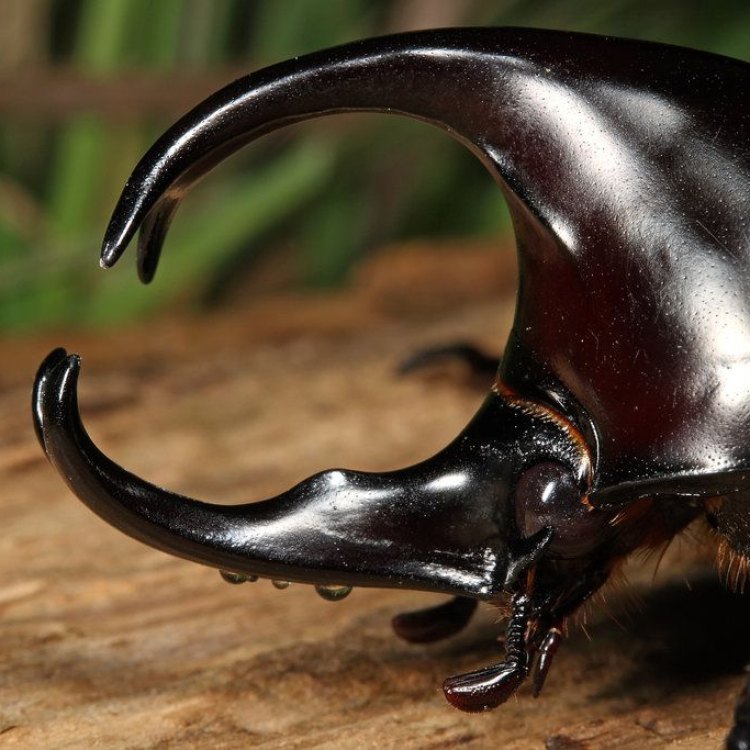
Rhino Beetle
- Adult Size: Around 4-6 cm
- Average Lifespan: Several months to a few years
- Reproduction: Sexual
- Reproductive Behavior: Males engage in wrestling battles for female mating rights
- Sound or Call: None
- Migration Pattern: Non-migratory
- Social Groups: Solitary
- Behavior: Nocturnal
- Threats: Habitat loss and degradation
- Conservation Status: Some species are of conservation concern
- Impact on Ecosystem: Play a role in nutrient cycling
- Human Use: Popular as pets and for scientific research
- Distinctive Features: Large horn-like protrusions on the head of males
- Interesting Facts: Rhino beetles are some of the largest beetles in the world.
- Predator: Small mammals, birds, and reptiles
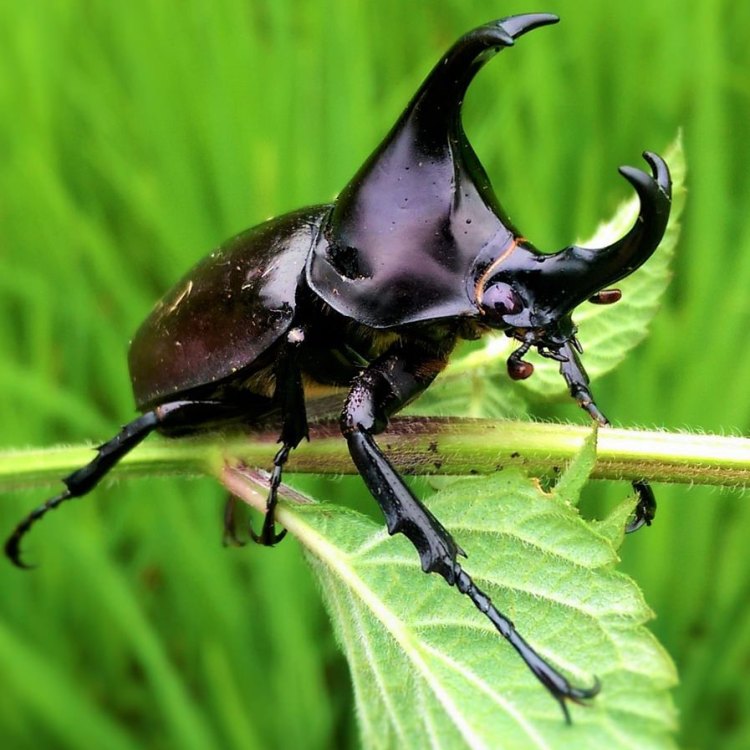
Dynastinae
The Mighty Rhino Beetle: Nature's Armored Warrior
The animal kingdom is full of extraordinary creatures, each with its own unique features that make them stand out. Among these amazing creatures is the Rhino Beetle, a bug that, despite its tiny size, packs a punch of fascinating characteristics and behaviors that have captivated the human imagination for centuries.Found in various parts of the world, the Rhino Beetle is truly a magnificent insect that is worth exploring. In this article, we will delve into the features, behaviors, and impact of these fascinating creatures, and discover why they are truly nature's armored warriors PeaceOfAnimals.Com.
A Giant in a Tiny Package
The Rhino Beetle, also known as the Hercules Beetle, is a member of the Scarab beetle family and is found in regions such as South and Central America, Africa, and Southeast Asia. These beetles are known for their impressive size, with the average adult measuring around 4-6 cm in length, making them one of the largest beetle species in the world.But what makes them truly unique is the distinctive horn-like protrusion that males have on their head, giving them an intimidating appearance and their name, "Rhino Beetle." This horn is used by males during mating rituals and to establish dominance over other males.
The Rhino Beetle is a herbivorous insect, and their diet consists of fruits, sap, and rotting wood. They are known for their strength and can lift objects up to 850 times their own body weight, which is equivalent to a human carrying 9 fully grown elephants on their back!
Lifespan and Reproduction
The average lifespan of a Rhino Beetle varies from a few months to a few years, depending on the species. However, in captivity, they can live for up to five years with proper care. These beetles have a unique reproductive behavior, where males engage in wrestling battles with other males to win the right to mate with a female.During mating, males use their formidable horn to push and shove other males out of the way, creating a loud clashing sound that can be heard from a distance Red Diamondback Rattlesnake. These battles can be intense and can sometimes result in injuries or death for the losing male. The winner then proceeds to mate with the female, after which the female buries her fertilized eggs in the soil, and the cycle continues.
Interestingly, some species of Rhino Beetles, such as the Hercules Beetle, have been known to live in monogamous relationships, with the same male and female mating for multiple breeding cycles.
A Solitary and Nocturnal Creature
The Rhino Beetle is a solitary creature, meaning they prefer to live alone, and you will rarely see them in groups. They are also nocturnal, which means they are most active during the night, and spend their days hidden under rotting logs or in the soil.Their nocturnal behavior helps them avoid potential predators, as they are less likely to be spotted in the dark. However, if threatened, they can defend themselves using their horn or by producing a strong odor that deters predators.
The Impact of Rhino Beetles on Ecosystems
Despite their intimidating appearance, Rhino Beetles play a vital role in maintaining the balance of ecosystems and contributing to nutrient cycling. As larvae, these beetles feed on rotting wood, breaking it down into smaller pieces and aiding in decomposition.As adults, they continue to contribute to nutrient cycling by feeding on fruits and sap, and their droppings fertilize the soil, promoting the growth of plants. Additionally, their burrowing activities aerate the soil, allowing for better water and air circulation, which is essential for healthy plant growth.
Threats and Conservation Status
Sadly, like many other creatures in the animal kingdom, the Rhino Beetle is facing threats to its survival. Habitat loss and degradation are major threats to these insects, as deforestation and urbanization continue to encroach on their natural habitats.Some species of Rhino Beetles are also sought after by collectors, both as pets and for scientific research, which has led to a decline in their populations. Additionally, the use of pesticides and insecticides also poses a threat, as these chemicals can kill the beetles or affect their reproductive capabilities.
As a result, some species of Rhino Beetles are considered to be of conservation concern, and efforts are being made to protect and preserve their habitats.
The Fascinating World of Rhino Beetles
Beyond their impressive size and intimidating appearance, Rhino Beetles have a fascinating world that is worth exploring. They are remarkable creatures that have adapted to their surroundings and play an essential role in maintaining the balance of ecosystems.These insects have also captured the human imagination, and are often kept as pets, with enthusiasts creating elaborate habitats and breeding programs to preserve certain species. They are also popular subjects for scientific research, with scientists studying their behaviors and physical attributes for various purposes.
A Predator's Nightmare
While Rhino Beetles may seem invincible with their tough armor and strong horns, they do have some natural predators. Small mammals like rodents, birds, and reptiles, such as lizards, are known to feed on Rhino Beetles. However, due to their tough exoskeleton and strong defense mechanisms, they are not an easy meal for these predators.But perhaps the most significant threat to Rhino Beetles is humans. Through habitat destruction and exploitation for human use, we are contributing to the decline of these extraordinary creatures. It is our responsibility to ensure their survival and protect their habitats so that future generations can continue to marvel at the wonders of nature.
The Final Verdict
In conclusion, the Rhino Beetle is truly a marvel of nature, with its size, strength, and unique features. From their formidable horn and wrestling battles to their vital role in nutrient cycling, these insects are more than just a predator's nightmare; they are vital players in the ecosystem.It is essential for us as humans to understand and appreciate the role these creatures play and take measures to protect and conserve their habitats. So, the next time you come across a Rhino Beetle, take a moment to observe and appreciate the natural wonder that is the mighty Rhino Beetle, nature's armored warrior.
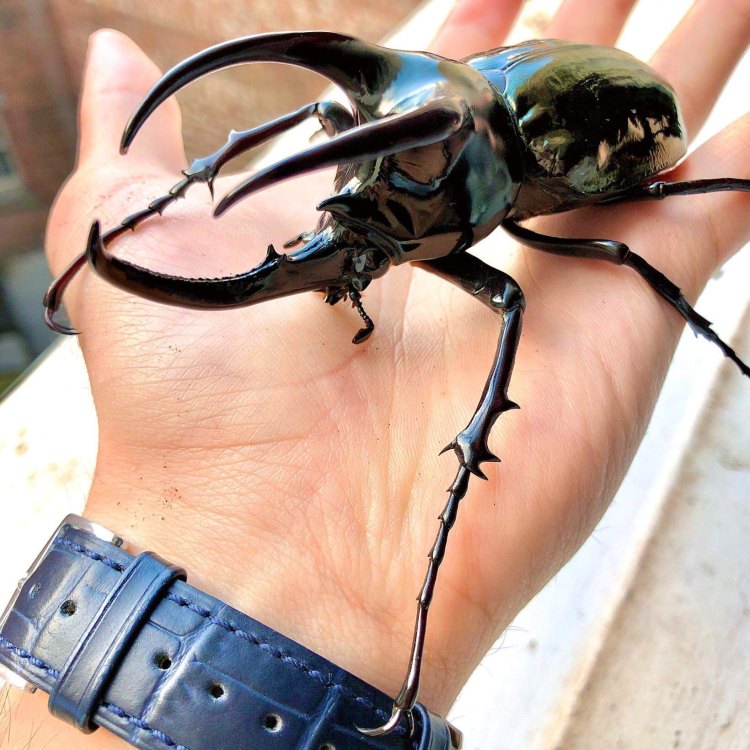
The Mighty Rhino Beetle: The Majestic Creature of the Tropical Rainforests
Disclaimer: The content provided is for informational purposes only. We cannot guarantee the accuracy of the information on this page 100%. All information provided here may change without prior notice.






